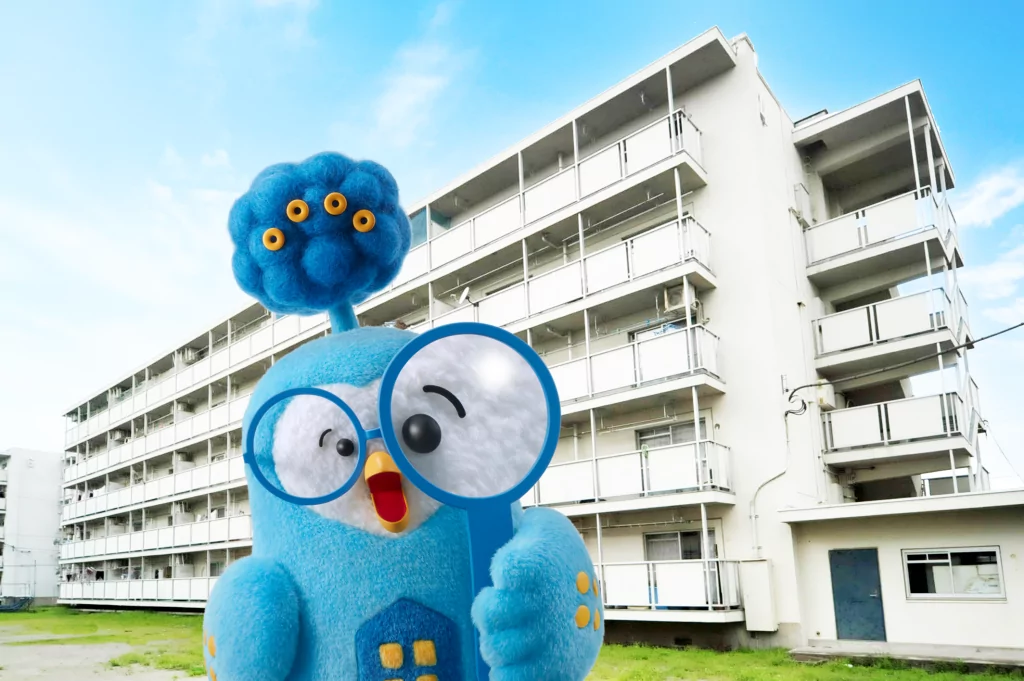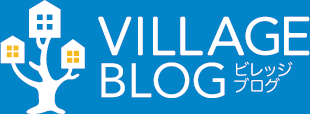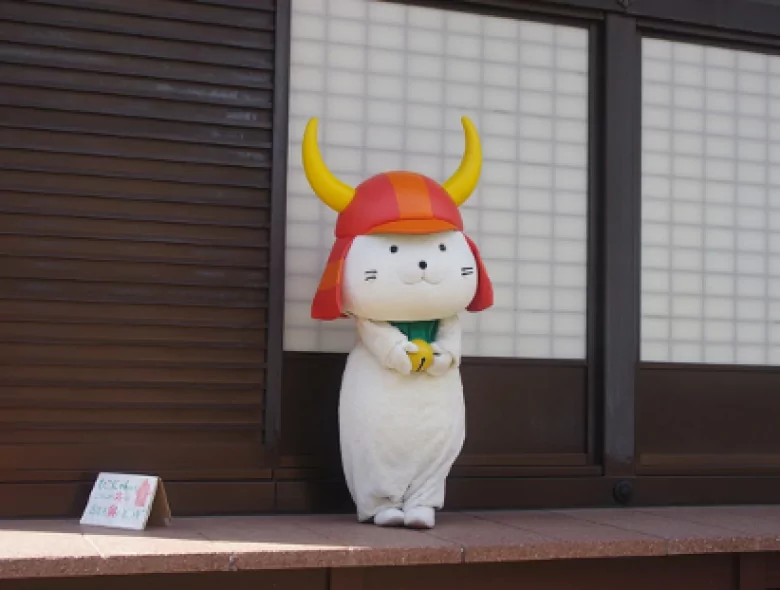Japan is known for many things, but did you know that Japan is also known for its mascots? Check out our article about mascots in Japan.
Japan has many things that people from other countries find interesting. A long-storied history, beautiful landscapes, and large urban areas to explore. With all of the great things in Japan, one thing in particular is used by every city, prefecture, and town in the country. Japanese mascots play a role in most levels of everyday life in Japan. Some are meant to raise awareness about certain issues, others are meant to keep you aware of disasters, and others are meant to give people a symbol to get behind. This article will look at some of the most well-known mascots in all of Japan.
One thing to remember is that Japanese cities are large and have multiple cities and towns within them. The cities have sports teams and local sites or festivals that have their own mascots. Japanese mascots have many responsibilities and are used for many functions. They range from a bear with a melon on their head to a catfish that is meant to remind you about earthquakes. They also range from insanely cute to terrifyingly scary.

Domo-Kun
As far as Japanese mascots go, Domo-Kun is one of the most recognizable mascots in and out of Japan. Domo-kun was first shown in a stop-motion cartoon in 1998 by NHK, the country’s main broadcasting agency. It was meant to be for its 10th anniversary and the rest is history. Domo-Kun’s backstory states that it lives in a cave with its friends, and its face is meant to describe a happy feeling relatable to Christmas morning. He also farts quite often and sweats a lot when he is nervous. Domo-Kun can’t speak normal languages and uses a form of grunts and roars to communicate. He has a large amount of memorabilia that is sold at stores and has many fans throughout the country. You will be able to find different styles and designs involving the character too.

Kumamon
Kumamon is a relatively new mascot that was created by the Kumamoto Prefecture in 2010. It was created to draw in tourists and it has done its job well. It was even voted as the best mascot in Japan in 2011. Kumamon merchandise has become popular selling throughout the world. This has been a great bonus for the prefecture and it has helped the area become a great tourist destination. Kumamon has become so popular that it had been used in some popular video games, such as Yokai Watch. Kumamon has now become a successful Youtube star and frequently uploads videos.

Funassyi
Even though this Japanese mascot represents Funabashi City, Chiba, it has been officially declared so by the city itself. Funassyi was created by an unknown citizen of the city to help cheer up the townspeople and promote the area. You can see the mascot at festivals, events, and on local TV programs and commercials. The mascot even has 4 CDs and 6 singles, as well as an anime. Even though Funassyi isn’t the official mascot, the city and prefecture have accepted the character, and its popularity is growing as time goes on.
The mascot itself isn’t male or female and is actually a pear. Its birthday is July 4th, it likes heavy metal music, and its favorite food is peaches. Unlike other mascots who are silent and move slowly to interact with kids and fans, Funassyi talks, jumps around, headbangs, and dances.

Barii-San
Barii-san was created to be a guide for Imabari City in Ehime prefecture. Everything about this Japanese mascot is meant to represent the area it comes from. It is a chicken as the main food that the city is known for is yakitori, grilled chicken. He wears a haramaki made of cotton. Cotton is the main product of the city which has the largest towel making production in the country. It holds a boat-shaped wallet in its hand to represent the great shipbuilding industry of the area, and to remind others that it is the largest shipbuilding area in Japan.

Melon Bear
One of the most interesting Japanese mascots to be created is Melon Bear. The mascot represents the two main things that represent Yubari City in Hokkaido. When one would think of a bear that represents melons, you would picture a kind and welcoming animal, but the creators decided to go a different route. The bear design makes it look savage and ready to attack anyone who walks by it. One of the main aspects of the mascot is to run around and attack other mascots in the vicinity. The story behind the bear’s current appearance is that it had been eating locally grown melons and was altered into its current form. It isn’t the official mascot of the city, but it has gained in popularity and has become a well-known mascot in the country.

Namazu
This Japanese mascot is derived from an old Japanese myth. It is a giant catfish that sleeps in the mud under the earth. It is guarded by the god Kashima who restrains the catfish with a large stone. When Kashima lets his guard down the catfish begins to writhe around and cause earthquakes. This mascot will come out during preventative events or when there are earthquake drills in major areas. You can see pictures of the catfish on signs that warn you of earthquakes and where to go if there is a disaster.
These Japanese mascots all have their meanings and uses. They are well known and enjoy being loved by many in Japan. You can see these characters throughout the year and enjoy taking pictures with them. You will find many other interesting mascots, and you may end up becoming its next big fan.

Ville-Jiro-kun
Like many other mascots, Ville-Jiro-kun has various ideas and symbols woven into its being. Ville-Jiro-kun represents so many of the things that we, at Village House, love about real estate.
The four orange circles in their forest head are ‘zeros’. The four ‘0’s’ are for zero deposit, no key money, no handling fees, and no renewal fees; since we strive to provide apartments with low upfront costs. Ville-Jiro-kun is always thinking about these zero upfront costs!
The easygoing owl has housing at the center of its values; Ville-Jiro-kun has a treehouse on their stomach, the owl is always thinking about housing!
Ville-Jiro-kun symbolizes the sense of security of affordable and nicely renovated housing. The owl’s priorities are friendliness, helping the neighborhood, and making things easy for the neighborhood. With a heart-shaped face, Ville-Jiro-kun radiates the joy that is felt from low-cost apartments.
You may be able to spot Ville-Jiro-kun, our Village House mascot, on our social media and our website – so please keep your eyes peeled for this familiar friend!



